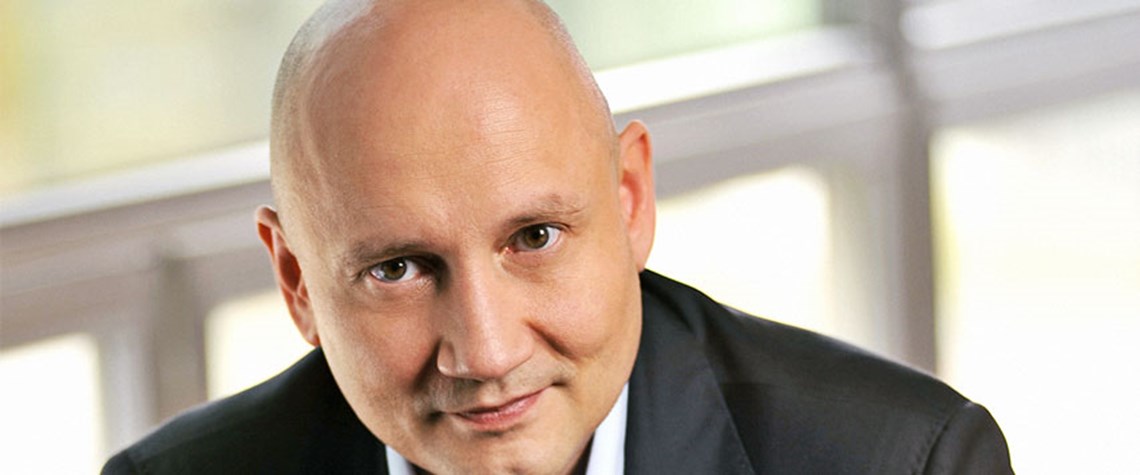Mol’s upstream positions for the long term
The oil and gas division wants a role beyond just providing cash for the group to pivot to lower-carbon alternatives
Hungary’s Mol has laid out a three-pronged approach to its 2030+ strategy of moving “profitably towards net zero”. But the three pillars—sustainable fuels, consumer convenience and mobility and the circular economy—leave, at first glance, little scope for its previously core oil and gas production activities. So will upstream revenues simply be used to fund the pivot to lower-carbon businesses? Or is there still a key role for hydrocarbons—albeit, in the future, decarbonised through carbon capture and storage—in Mol’s longer-term activities? Petroleum Economist spoke to Berislav Gaso, the firm’s executive vice president, upstream, to find out more. Is Mol’s upstream division just a short-t

Also in this section
5 December 2025
Mistaken assumptions around an oil bull run that never happened are a warning over the talk of a supply glut
4 December 2025
Time is running out for Lukoil and Rosneft to divest international assets that will be mostly rendered useless to them when the US sanctions deadline arrives in mid-December
3 December 2025
Aramco’s pursuit of $30b in US gas partnerships marks a strategic pivot. The US gains capital and certainty; Saudi Arabia gains access, flexibility and a new export future
2 December 2025
The interplay between OPEC+, China and the US will define oil markets throughout 2026







